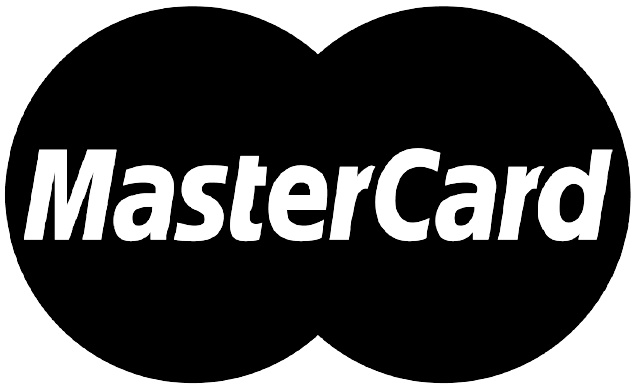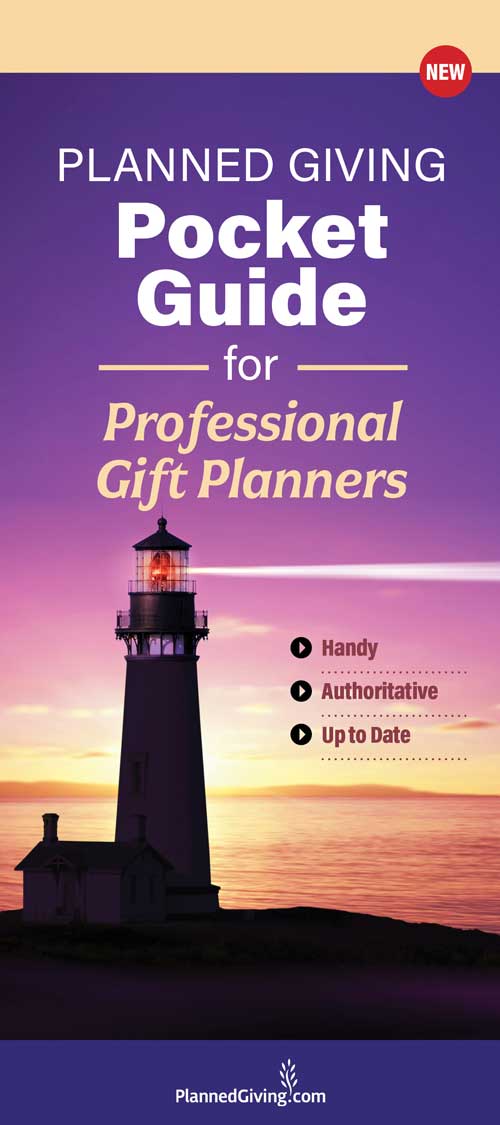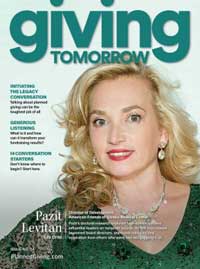How To Develop a Major Donor Fundraising Strategy
In order to be successful as a major gifts officer, it is necessary to secure major donors. Major donors are people who donate substantial monetary gifts to an organization. They are the most important fundraising focus and should be the goal for any nonprofit organization.
Major donors do not often present themselves spontaneously. Most times there is a well-thought-out, multi-step major donor fundraising strategy. For an organization to acquire long-term donations, its major donor fundraising strategy should be a top priority.
Major Donor Fundraising Strategy – Set Attainable Goals
When formulating a major donor fundraising strategy, it is critical that the organization sets a fundraising goal. How much money does the nonprofit need to run its programming successfully? How much money is needed to focus on the advancement of future plans for the organization? Knowing your fundraising end game is the first step toward knowing whom to approach as major donors and how to approach them.
Understanding your nonprofit’s goals for the next several years can help you formulate a solid communication and marketing plan. Discussion with the board of directors will allow you to understand the vision of the organization. Ensuring your fundraising budget is flexible enough to target the right potential donors is also a key consideration.
Being aware of your fundraising goals will help you devise a monetary scale of donations to request from donors.
Draft a Long-Term Plan
Your major donor fundraising strategy should not focus only on the acquisition of donors but on long-term retention as well. When seeking prospective donors, it is important to query people who have donated to your organization in the past. With any luck, you have maintained a relationship with your previous donors and they are open to giving again.
Soliciting donations for an organization is not a one-time event. It is an ongoing process that has individual steps along the way. You must first identify your donors, nurture your relationship with them, ask them for donations, and focus on stewardship after you receive the donation.
One key part of your long-term major donor fundraising strategy is seeking planned gifts. Planned gifts are significant monetary donations that are included in a donor’s estate plan. Securing and cultivating relationships to the point of planned giving is an important long-term major donor fundraising strategy.
Identify Methods for Donor Acquisition
An important component to the major donor fundraising strategy is to know step-by-step how you will find prospective donors. Marketing is an important aspect of fundraising, so setting up a marketing plan is essential for acquiring new donors.
Optimizing your website is one step that can significantly improve your major donor fundraising strategy. Most potential donors will look at your organization’s website on their journey to learn more about the nonprofit’s mission and programming.
Donors may be considering several organizations that promote the same cause, so it is essential that you put your best face forward in the form of a website. Making sure that your social media accounts have updated information and frequently engage with comments also shows that you are active and invested in your community. Formulating an efficient social media plan should be part of your major donor fundraising strategy.
Another thing to consider is exactly how your donors will send your organization the donation. Ensuring that you have a wide range of options and payment methods will increase your chances of receiving the gift.
Develop a Communication Plan
How you connect with your potential donors makes a difference. Using your previous donor data to analyze metrics will help discover your target audience. You must tailor your communication and outreach to this specific group. Are you targeting women? Men? What age range? What political affiliation? Knowing exactly whom you are seeking out will help you show up in the right way in the right place.
If you target the correct population with the correct communication, it increases your likelihood of receiving a donation. For example, a 65-year-old man might not see your e-mail, and a 35-year-old woman will probably throw that letter you sent straight into the recycling bin.
If you are building relationships with a younger crowd, it is important to host virtual events. Many people will not attend an in-person event, but they will certainly tune in from their living rooms. If you are targeting social media ads, you may want to focus on Facebook for an older audience, but Instagram may be your best bet if you’re targeting younger donors.
Don’t be scared to embrace new platforms in your major donor fundraising strategy, either. TikTok has recently allowed users to place a “donation” button in their profile to help aid fundraising efforts for their favorite causes. Never underestimate the fundraising power of a 20-something influencer with a younger audience. Your organization could also use this platform to raise awareness and warm your target audience toward your organization.
Cultivate Relationships Through Stewardship
Often undervalued by new major gifts officers, including a stewardship plan in your major donor fundraising strategy is crucial. Stewardship is the management and acknowledgement of previous donations.
Ensuring that your donors understand what happened to their donations is vital in long-term retention and the acquisition of planned giving donors. Thank them publicly. Sending updates through e-mail and letters, personal communication, and placing the emphasis on the impact of their donation can help you secure returning donors. Using this communication to hint at what the organization could achieve with future donations is a step toward planting the seed for a long donor relationship.
Planned giving is a big decision, and potential planned giving relationships must be treated with care. Donors will want to know that the organization is operating in a way that aligns with their values. The best way to prove this to them is to stay in contact and show how they have made an impact.
The Bottom Line
Your organization’s major donor fundraising strategy should be the top priority in meeting your fundraising goals. It is important to have a concise message, a well-thought-out communication and marketing strategy, and a plan to cultivate donor relationships through stewardship.
A major donor fundraising strategy can make the difference between the organization barely scraping by or being able to plan for the future. Ensure that you use donor data and metrics to identify prospects, and don’t be scared to step outside the box and get creative.







3 Responses